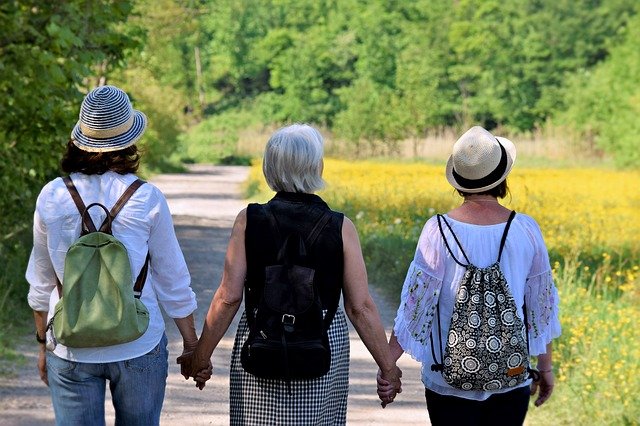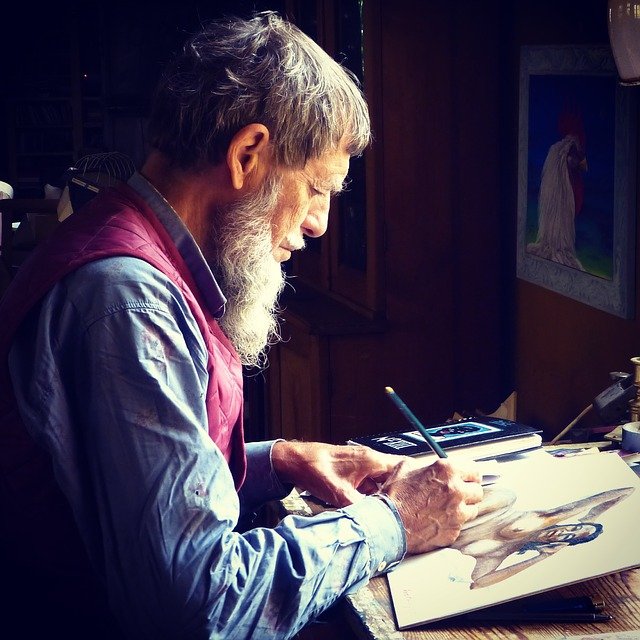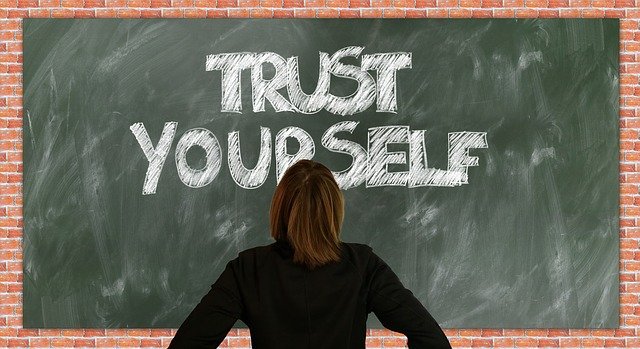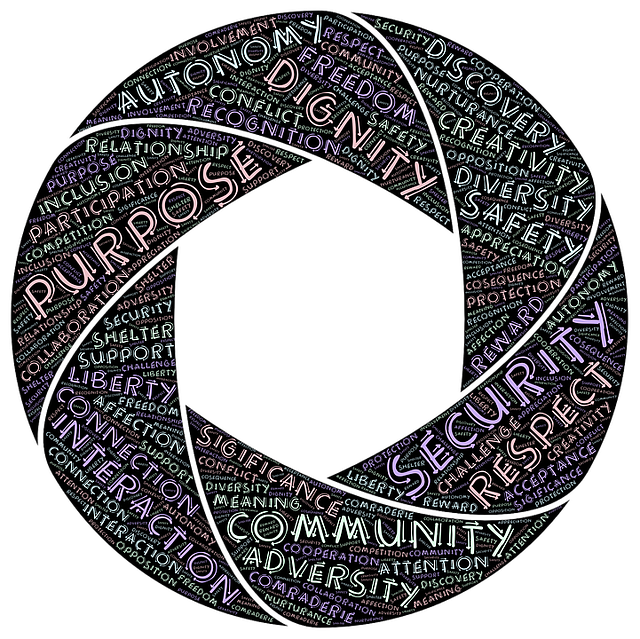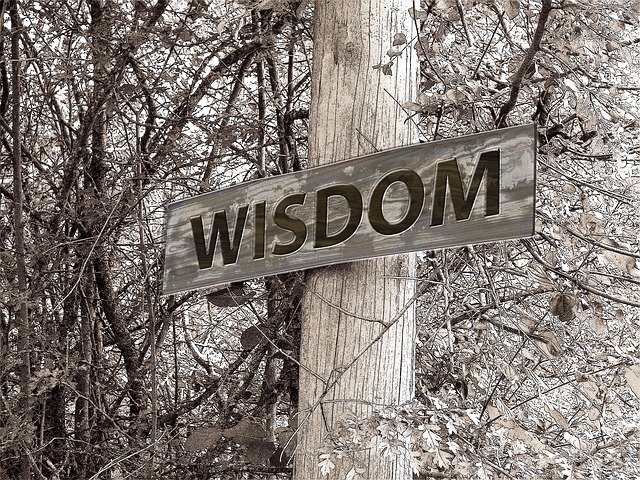Maria Shriver, creator of the Radically Reframing Aging Summit, identified aspects of our life that need reframing such as the aging narrative, retirement, life transitions and death and dying. She also mentioned explicitly the negative narrative around menopause and the need to reframe it as “a different stage of life” leading to blossoming, rather than decline. This theme of post-menopausal empowerment is taken up in Susan Willson’s book, Making Sense of Menopause: Harnessing the Power and Potency of Your Wisdom Years. In a podcastinterview with Tami Simon, Susan spoke energetically and insightfully about the disempowerment of the current narrative about menopause.
Salient messages in Making Sense of Menopause
In her interview, Susan covered many aspects of menopause including the physical, psychological and cultural dimensions. Some of the key messages introduced in her interview podcast and detailed in her book are identified below.
- The negative narrative – the prevailing narrative around menopause focuses on what can be lost, e.g. looks, sexual drive and physical prowess. This narrative can be disempowering so that some women view menopause as a period of decline rather than the transition to a new phase of life that can be enriching, rewarding and a source of creativity and shared wisdom. She sees her role as helping women to change the narrative and to see menopause in a new lights that leads to proactive action and empowerment.
- Physical changes – Susan stresses that the body is forever working in the best interests of the individual, by integrating its functions, accessing its intelligence and continuously adapting to its environment. She argues that women need to understand what the body is trying to achieve and to work with it rather than against it. She suggests that women can move beyond the symptomatic level and their conditioning arising through being “marinated” in the pharmaceutical solution to everything. Susan explains too that part of the hormonal changes occurring in menopause actually “trigger the creative centers of the brain”.
- The sharing of wisdom – Susan argues that what is needed is a new narrative about menopause that recognises it as a time for “thriving” and for women to access their creativity and wisdom. She identifies the post-menopausal wise woman as someone who has worked on their “inner landscape” so that she “really knows who she is” and is comfortable enough in herself to own her self-identity without being dependent on the opinions of others. The wise woman too, in her view, who takes the “long view” – being present in the moment but not captured by it, and being able to see beyond limiting ideologies, narrow worldviews and short-term time horizons. The long view includes consciousness of community and a desire to make a contribution drawing on a woman’s innate gifts and wisdom accumulated through life experiences.
- Role models of the wise woman – Susan suggested that there are increasing examples of the post-menopausal wise women, some of whom will be presenting at the Radically Reframing Aging Summit. She also mentioned Hazel McCallion as a model of a wise women – a woman who became a Mayor in Ontario in her 60’s and retired at 95, after focusing on building community and the welfare of people she served. Another example that comes to mind is Edith Eger who at 92 wrote The Gift: 12 Lessons to Save Your Life– a reflection on lessons learned in her time in Auschwitz and, subsequently, as a world-renowned and highly accredited trauma counsellor.
- Need for ritual – Susan maintains that there is a need for ritual “to bring menopause to a conscious place”. In the podcast and her book, she describes her own ritual for menopause as a point of transition to a new and fulfilling phase in her life. She makes the point that in Western Society, unlike many other cultures, we do not have established rituals to celebrate rites of passage such as puberty and menopause. Susan strongly suggests that women can use their creativity to design their own ”cloning ceremony” that celebrates their post-menopausal transition to a “Wise Woman”. She explains that such a ritual has four key elements – acknowledging what has been left behind, acknowledging the gifts brought forward, a commitment to a new phase of life through engaging creativity and sharing wisdom and a number of witnesses drawn from friends or the broader community (that makes the commitment public). She suggests that women need to overcome the reticence experienced in the West to talk about life transitions affecting them and engage friends and family in conversation about what is happening for them.
- Lifestyle choices – Susan suggests that women need to develop a ritual around eating, sleeping and exercising. This establishes a “body rhythm” and enables the body to provide the necessary amount of energy when required. She notes that many women live on adrenaline pushing themselves to the limit and causing their body to be in a continuous state of fight or flight – which runs down energy and causes the adrenals to continuously make adjustments to manage blood sugar levels.
- Intimate relationships – Susan notes that while some women report that their sex drive diminishes with menopause, other women report that their post-menopausal stage represents “the best years ever in terms of sex”. She contends that a key factor in these differences is a woman’s sense of connection with their partner – a feeling of connection enhanced through communication about present moment feelings and bodily disposition, as well as about shared future goals.
Susan provides further ideas and resources to help women navigate the menopausal life transition through her website, Making Sense of Menopause – where she provides further podcast interviews she has been involved in (or will be in the future) and also her blog posts.
Reflection
Menopause, like other life transitions, impact women on multiple levels – physical, psychological, cultural and emotional levels. Susan and Maria both strongly support the idea of changing the narrative about menopause from one of loss and depletion to one of women gaining empowerment. They stress the gift of menopause lies in greater access to creativity and wisdom for women and the positive energy and sense of achievement that comes from creatively sharing their wisdom with others in the form of teaching, managing, writing, performing, painting, counselling or any other endeavour that utilises their knowledge, skills and life experience.
As women grow in mindfulness and self-awareness, they are better able to make the transition to post-menopausal life. They develop a deeper sense of who they are, what they are capable of, and how they can contribute to the quality of life for other people.
_____________________________________
Image by silviarita from Pixabay
By Ron Passfield – Copyright (Creative Commons license, Attribution–Non Commercial–No Derivatives)
Disclosure: If you purchase a product through this site, I may earn a commission which will help to pay for the site, the associated Meetup group, and the resources to support the blog.
